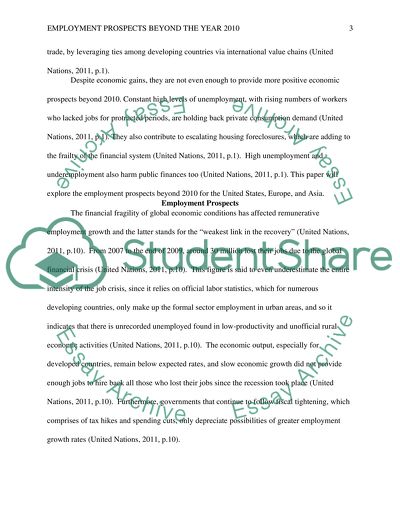Cite this document
(“Employment prospects beyond the year 2010 Term Paper”, n.d.)
Retrieved from https://studentshare.org/other/1425838-employment-prospects-beyond-the-year
Retrieved from https://studentshare.org/other/1425838-employment-prospects-beyond-the-year
(Employment Prospects Beyond the Year 2010 Term Paper)
https://studentshare.org/other/1425838-employment-prospects-beyond-the-year.
https://studentshare.org/other/1425838-employment-prospects-beyond-the-year.
“Employment Prospects Beyond the Year 2010 Term Paper”, n.d. https://studentshare.org/other/1425838-employment-prospects-beyond-the-year.


